The use of LCA in infrastructure projects has become essential for reducing ecological footprints in an era of growing environmental consciousness. From project conception to project decommissioning, life cycle assessment (LCA) assesses how infrastructure projects affect the environment in terms of resource extraction, energy consumption, emissions, and waste generation. The critical need for sustainable construction technology is highlighted by the fact that the building industry alone is responsible for 39% of worldwide carbon emissions, according to the United Nations Environment Programme’s Worldwide Status Report.
Through the incorporation of Life Cycle Assessment (LCA) into the planning and decision-making process for infrastructure, stakeholders can discern avenues to mitigate environmental consequences and foster sustainability. This article examines six practical approaches to using life cycle assessment (LCA) in infrastructure projects, providing an overview of the advantages, difficulties, and potential developments in this important area. By using these tactics, we can solve the urgent problems of resource depletion and climate change while laying the groundwork for a more sustainable future.
Table of Contents
What is LCA?
The methodical process known as Life Cycle Assessment (LCA) evaluates a project’s or product’s environmental effects throughout its whole life cycle. Analyzing the environmental effects of infrastructure projects is necessary from the beginning stages of design to the completion of construction, operation, maintenance, and decommissioning. LCA in construction assists in the process of making well-informed decisions that promote sustainable development by offering a thorough understanding of the implications.
In terms of carbon emissions, resource depletion, and habitat destruction, infrastructure projects are major causes of environmental deterioration. According to a World Green Building Council assessment, by 2030, the building and construction industries alone might consume 90% of the global carbon budget. By putting LCA into practice, stakeholders can better understand these effects and create more sustainably designed and built infrastructure.
Benefits of Using LCA in Infrastructure
- Making Informed Decisions: LCA gives stakeholders data-driven insights to help them make decisions that support sustainability objectives.
- Cost Savings: During the course of an infrastructure project, sustainable practices found through life cycle assessment (LCA) can result in significant cost savings, including savings on operations and maintenance.
- Regulatory Compliance: Life Cycle Assessment (LCA) ensures that infrastructure projects comply with national and international rules by helping them achieve eco-friendly building requirements and environmental regulations.
- Improved Public Image: Companies that use LCA and sustainable practices can attract partners and customers that care about the environment by enhancing their brand value and reputation.
Suggested article to read: LCA and Carbon Footprint: 10 Effective Reduction Strategies
6 Ways to Minimize Environmental Impact Using LCA
1. Optimize Energy Efficiency
During their entire life cycle, infrastructure projects need a lot of energy. Construction project managers can find energy-efficient designs and technologies that use less energy during development and operation by applying life cycle assessment (LCA). As seen by the energy efficiency programs of Pacific Gas and Electric Company, for example, installing energy-efficient HVAC in building and lighting systems can reduce building energy use by up to 40%.
Case Study: The Edge in Amsterdam
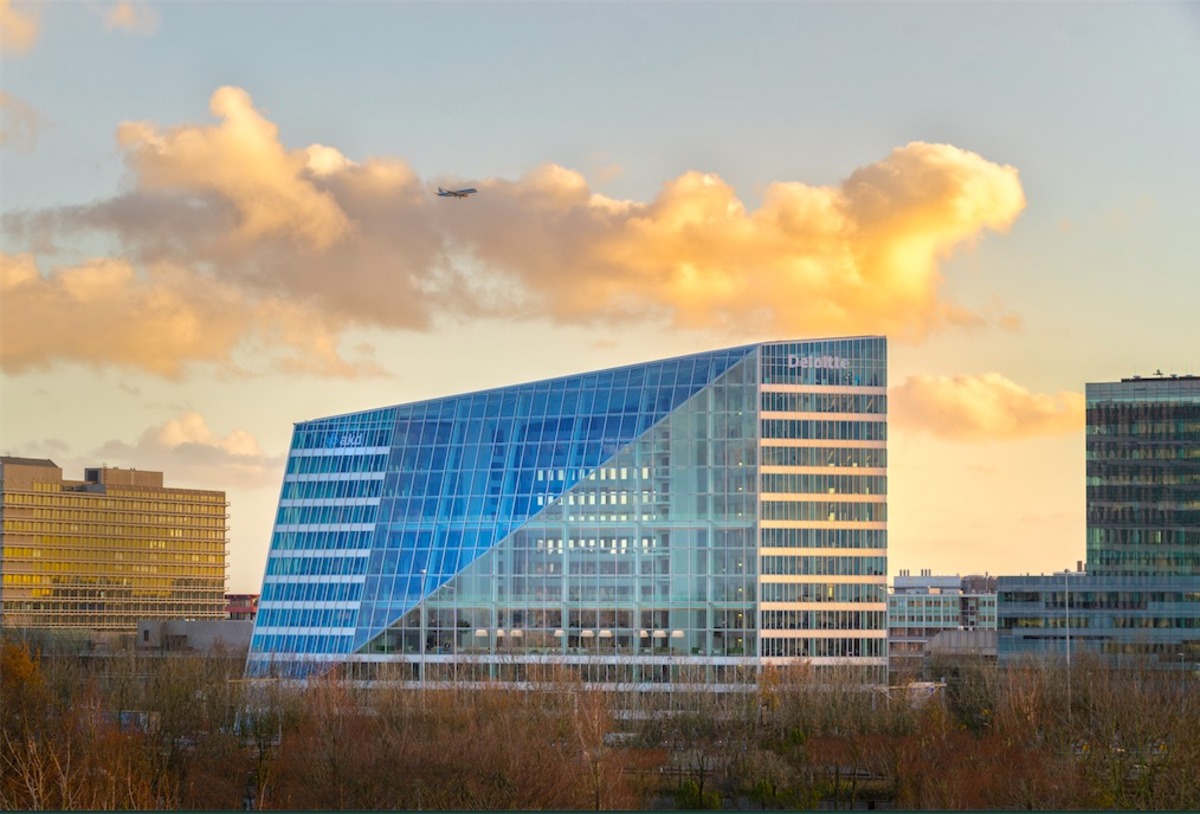
The Edge, an Amsterdam commercial building, used life cycle assessment (LCA) to evaluate energy-efficient designs and technologies. A sophisticated energy management system in the building optimizes energy use according to occupancy. The Edge is among the greenest buildings in the world because the project team used life cycle assessment (LCA) to identify potential energy savings of 70% when compared to conventional office buildings.
2. Evaluate the Effects on Transportation
Transportation logistics can considerably influence the carbon footprint of infrastructure projects. LCA makes it possible to evaluate emissions associated with transportation by taking into account variables like the distance that materials travel and the form of transportation that is employed. Infrastructure projects can cut their transportation emissions greatly by obtaining materials locally. The National Resources Defense Council claims that local sourcing can reduce carbon emissions associated with transportation by up to 30%.
Case Study: Sydney Light Rail Project
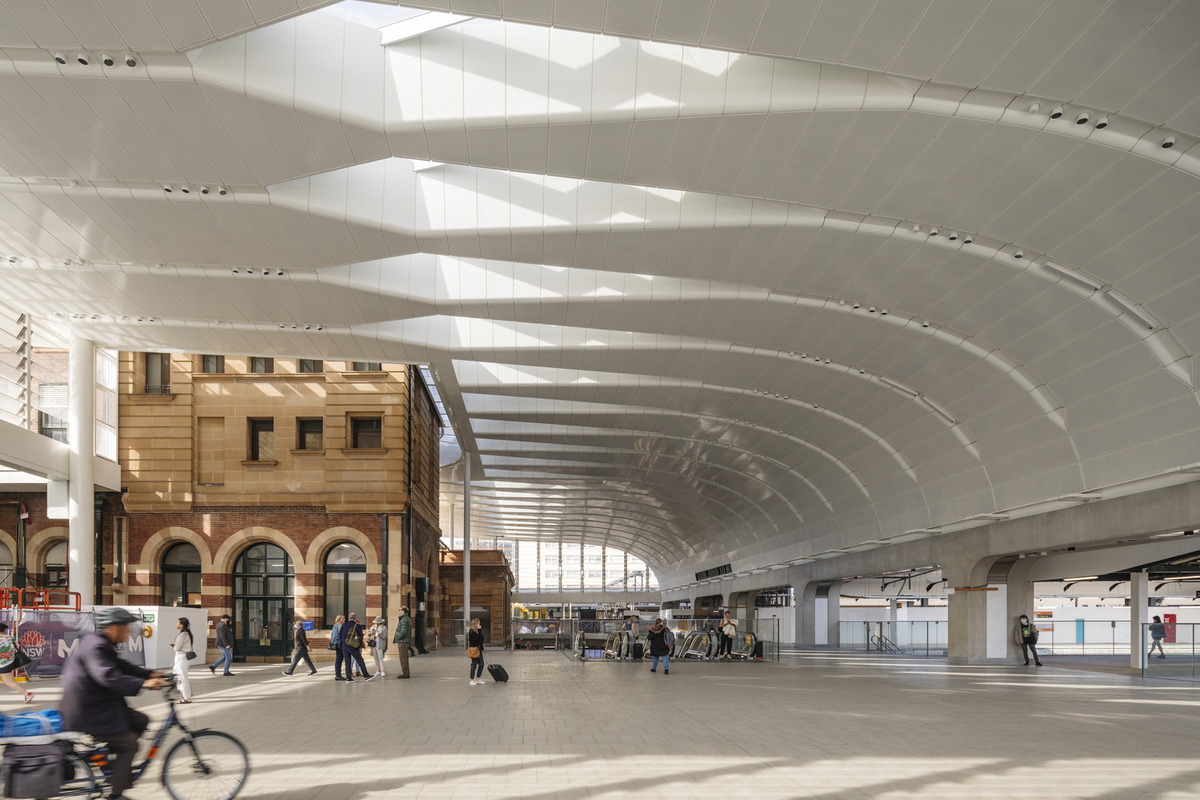
LCA was used by the Sydney Light Rail Project to assess how material selection affected transportation. By favoring local suppliers, the project decreased transportation distances and associated emissions. This strategy demonstrated the value of local sourcing in major infrastructure projects, as evidenced by a reported 25% decrease in carbon emissions from transport-related operations.
3. Enhance Water Management
Effective water management is vital for minimizing environmental implications in infrastructure projects. Water usage during infrastructure construction and maintenance can be assessed with the aid of life cycle assessment (LCA). By installing wastewater recycling and rainwater collection systems, the need for potable water can be greatly decreased. According to a case study conducted in Singapore, new developments’ use of potable water was reduced by 30% as a result of the incorporation of water-sensitive urban design elements.
Case Study: Marina Bay Sands, Singapore

One of the best integrated resorts in the world, Marina Bay Sands, uses LCA in its water management plans. A rainwater harvesting system, which collects and holds rainwater for cooling and irrigation, is incorporated into the project. Because of the considerable decrease in water usage brought about by this LCA-driven strategy, Marina Bay Sands is now recognized as a pioneer in sustainable urban design.
4. Put Smart Construction Practices Into Practice
Prefabrication and modular building are two examples of smart construction techniques that can cut waste and increase productivity. LCA can assist in assessing these techniques’ positive environmental effects and showing how they may reduce waste production. For example, compared to conventional construction methods, modular construction can cut on-site waste by 90%, according to a case study by the Modular Building Institute.
Case Study: The NHS Nightingale Hospitals
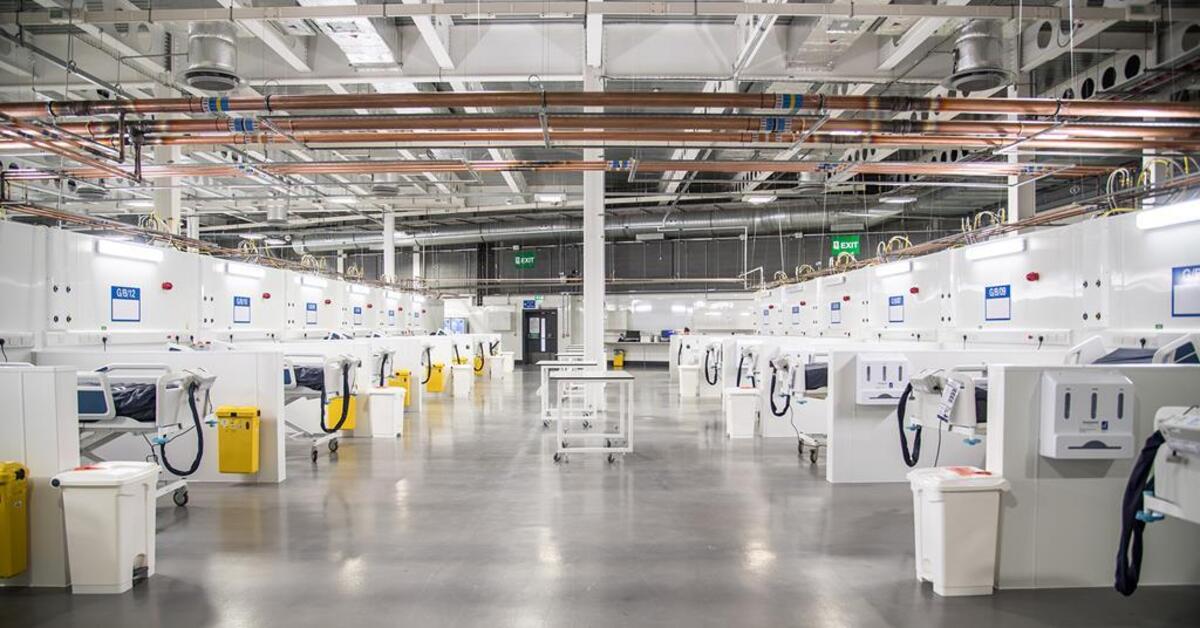
Modular building techniques were employed during the COVID-19 pandemic to expedite the construction of NHS Nightingale Hospitals while minimizing waste and construction time. The environmental effects of modular versus conventional construction methods were compared using life cycle assessment (LCA). The findings demonstrated that modular building produced 70% less waste and greatly shortened project schedules, enabling quicker responses to public health emergencies.
5. Choose Eco-Friendly Resources
Choosing sustainable materials for infrastructure projects is one of the best strategies to reduce their negative environmental effects. Materials’ sustainability can be assessed using life cycle assessment (LCA). For instance, utilizing reusable materials in construction—like recovered asphalt pavement, or RAP—dramatically lowers carbon emissions and the need for virgin materials. A Federal Highway Administration research found that RAP can cut greenhouse gas emissions by as much as 50%.
Case Study: The City of San Francisco’s Recycled Asphalt Program
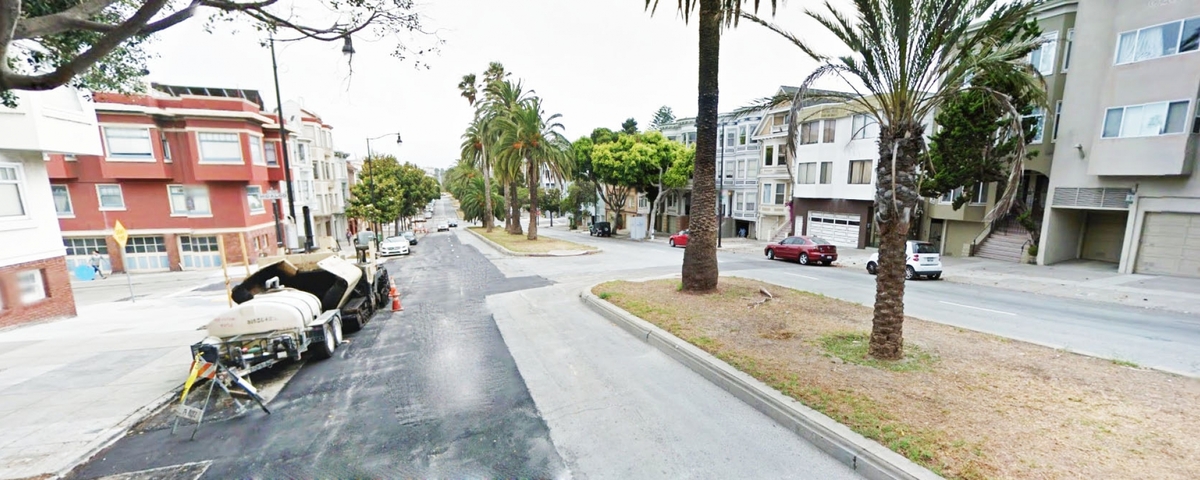
The Department of Public Works in San Francisco has instituted a program for recycled asphalt, known as RAP, which it uses for road rehabilitation operations. The city evaluated the environmental advantages of utilizing RAP through life cycle assessment (LCA), leading to significant reductions in carbon emissions and material expenses. The initiative supports the city’s sustainability objectives in addition to aiding in the preservation of natural resources.
6. Assessing End-of-Life Techniques
In order to reduce the overall environmental impact of infrastructure projects, planning for their end-of-life phase is essential. Through LCA, stakeholders can think about solutions for recycling, reusing, or repurposing materials utilized in infrastructure. For instance, it is possible to recycle the steel from decommissioned bridges and so reduce waste and the demand for new materials. According to a World Economic Forum research, by 2030, the economic advantages of making the shift to a circular economy might reach $4.5 trillion.
Case Study: The High Line, New York City
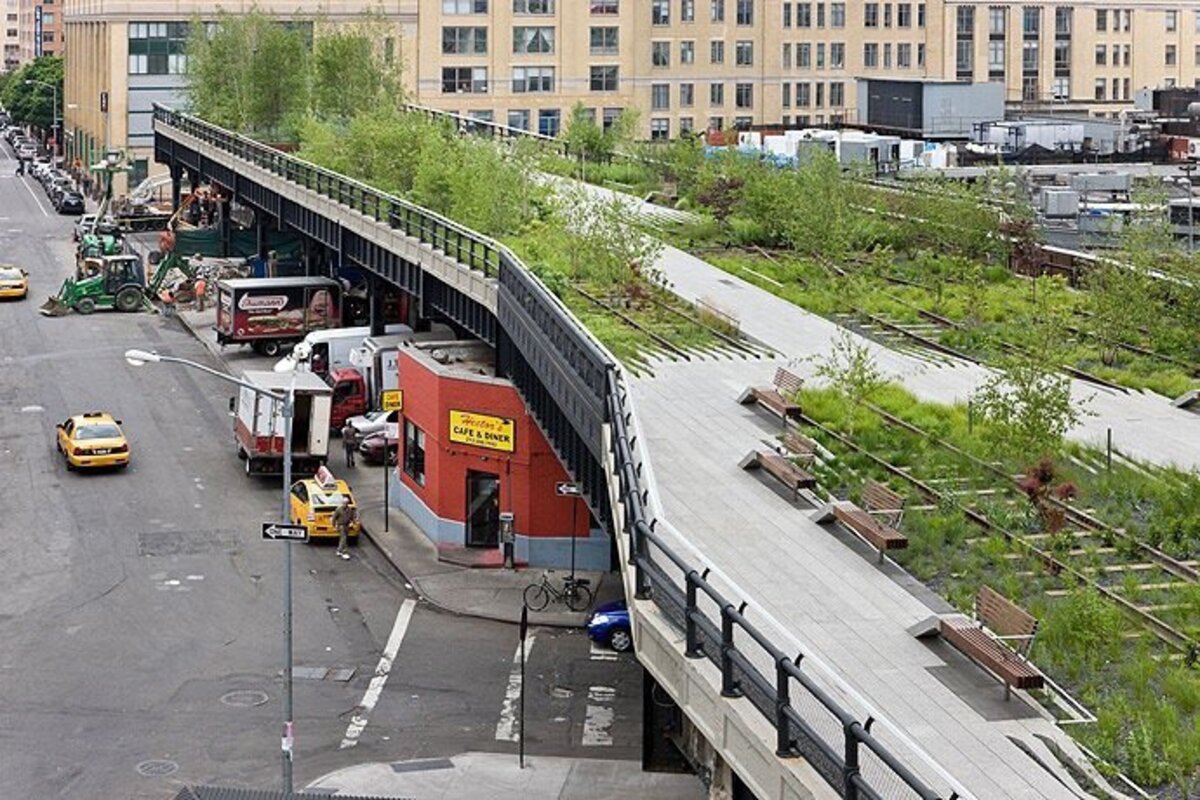
Constructed on an abandoned railroad track, The High Line is an elevated linear park. Planning for the end-of-life of the materials used in the park’s development was greatly aided by LCA. A sustainable approach to decommissioned infrastructure is demonstrated by the numerous historic rail rails that were recycled and incorporated into the park’s architecture. The project has gained recognition for its creative material reuse and is now being used as a template for urban revitalization.
Challenges in Implementing LCA
- Data Availability: Acquiring trustworthy data for life cycle assessments (LCA) can be challenging, which could restrict how thorough evaluations can be.
- Standardization Problems: It can be difficult to compare project results due to variations resulting from a lack of standardized approaches for life cycle assessment (LCA).
- Complexity of Analysis: The Life Cycle Assessment (LCA) process can be large and intricate, involving specific knowledge and equipment.
Future Trends in LCA and Infrastructure
- Digital Tools and Technologies: Software and digital tool developments are opening up LCA to a wider audience and simplifying its implementation, allowing stakeholders to carry out evaluations more quickly and effectively.
- Growing Public Awareness and Demand for Sustainability: As environmental challenges become more well known, there will probably be a greater need for sustainable infrastructure solutions, which will lead to a rise in the number of stakeholders using life cycle assessment (LCA).
- Integration with Building Information Modeling (BIM): By offering a thorough understanding of environmental consequences in addition to design elements, the combination of LCA and BIM helps improve decision-making.
Conclusion
The use of LCA in infrastructure projects is essential for minimizing environmental impacts as well as encouraging sustainable development. Stakeholders can greatly reduce the ecological footprint of infrastructure projects by putting the six strategies listed into practice: choosing sustainable materials, maximizing energy efficiency, improving water management, evaluating end-of-life strategies, assessing transportation impacts, and adopting smart construction practices.
The future of life cycle assessment (LCA) in infrastructure is bright, thanks to growing use driven by sustainability demands and technological developments, despite obstacles including data availability and analysis complexity. In order to combat climate change and guarantee responsible resource use, it will be essential to incorporate life cycle assessment (LCA) into project planning and execution as the construction industry develops. We can create a robust and ecologically friendly infrastructure landscape by putting sustainability first.
FAQs
What is LCA in Infrastructure?
- Answer: In the context of infrastructure, life cycle assessment (LCA) is the thorough evaluation of the environmental effects connected to infrastructure projects over the course of their whole existence. This involves assessing the effects of extracting raw materials as well as those of building, running, maintaining, and eventually decommissioning. Stakeholders can minimize ecological footprints and make informed decisions regarding sustainable activities by using Life Cycle Assessment (LCA).
How does LCA Help in Selecting Sustainable Materials?
- Answer: Because LCA offers information on a material’s environmental effects throughout its life cycle, it can help with the selection of sustainable materials. Stakeholders can evaluate the sustainability of various materials by comparing them using this assessment, which takes into account things like resource extraction, production techniques, energy usage, and end-of-life possibilities. When compared to conventional materials, LCA can show that recycled resources—like recovered asphalt—significantly lower greenhouse gas emissions.
What are the Challenges of Implementing LCA in Infrastructure Projects?
- Answer: The application of life cycle assessment (LCA) in infrastructure projects can be fraught with issues, such as locating trustworthy data sources, carrying out in-depth assessments can be challenging, and standardised approaches are sometimes lacking. These difficulties can make it more difficult for stakeholders to apply LCA successfully and carry out thorough assessments of the effects on the environment.
What are the Benefits of Using LCA in Infrastructure?
- Answer: Using life cycle assessment (LCA) in infrastructure has several advantages, such as improved public perception, cost savings through resource efficiency, informed decision-making based on reliable environmental data, and compliance with environmental legislation. By prioritizing sustainable practices through LCA, stakeholders can drastically lower the ecological impact of their projects while also benefiting monetarily.
What Future Trends are Expected in LCA for Infrastructure Projects?
- Answer: The use of digital tools and technology to streamline the assessment process, the integration of LCA with BIM to improve decision-making, and the growing public demand for sustainable infrastructure solutions are some of the future trends in LCA for infrastructure. These tendencies will probably encourage LCA to be used more widely in the building industry.
Suggested article for reading:
The Future of Construction Industry; 2024 and Beyond
9 Smart Building Examples; 2024 Reviews
Discovering the Top 7 Eco Friendly Building Projects
Resilient Construction; 2024 Guide
Nearly Zero Energy Buildings (NZEB); Ultimate Guide 2024
Reduce Carbon Emission in Construction; Ultimate Guide in 2024
What is Eco Friendly Construction & Why is it important? 2024 Guide
Resources:
United Nations Environment Programme | World Green Building Council | Modular Building Institute | ScienceDirect
Books and Articles:
Barlow, J., & Hasting, A. (2019). The Role of Life Cycle Assessment in Sustainable Infrastructure. Sustainable Cities and Society. Elsevier
For all the pictures: Freepik | ArchDaily



